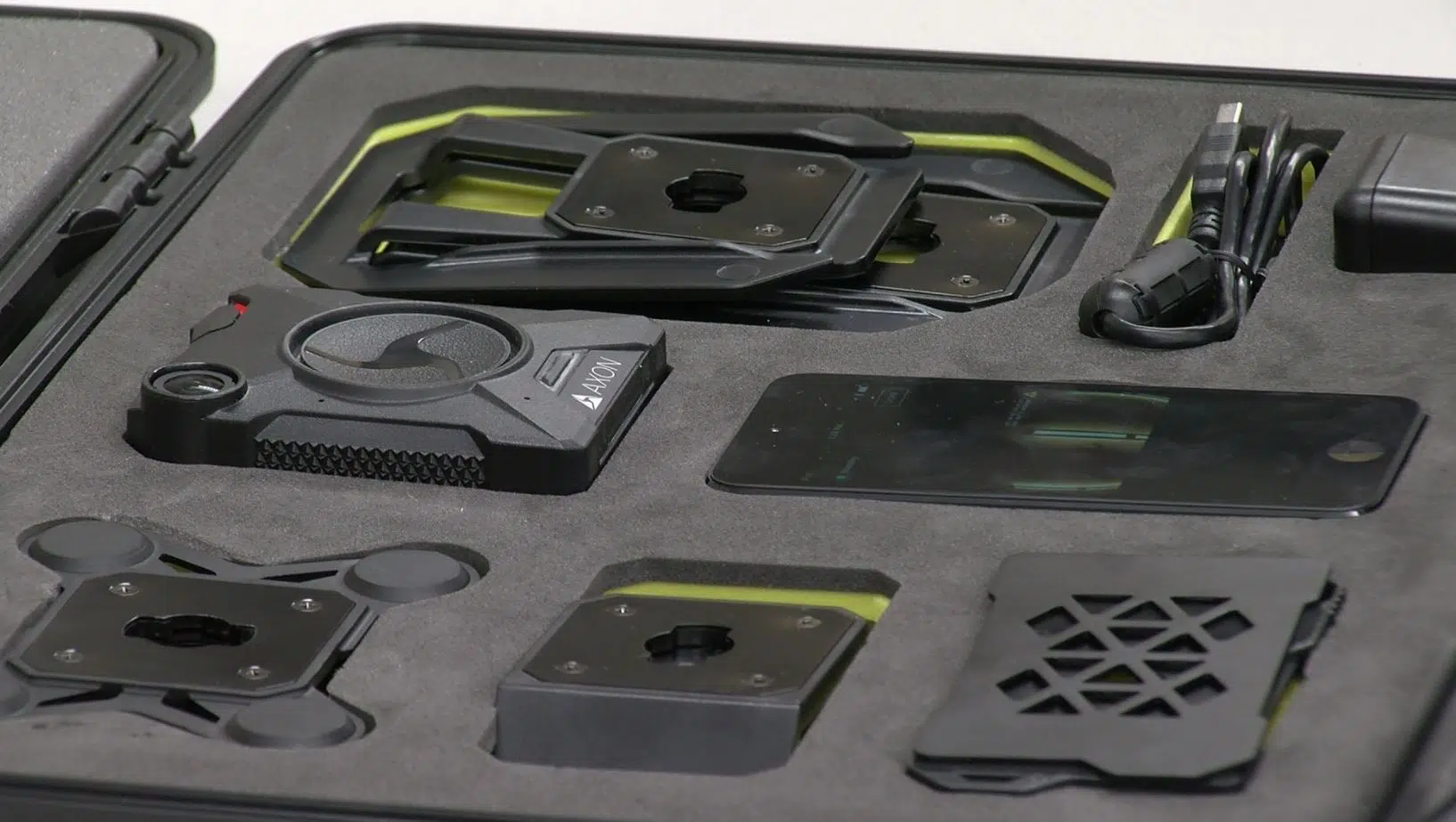
Police begin pilot project with body worn cameras
MEDICINE HAT, AB — Police forces across Canada are investing in body worn cameras as a better way to protect their officers and the public.
The Medicine Hat Police Service announced on Monday they too are testing out the technology as part of a pilot project.
“Certainly when there’s the potential to gather any evidence, they’ll be wearing it,” said Inspector Joe West. “When they’re attending a call for service, where they’re called to go there, they will turn the cameras on.”
